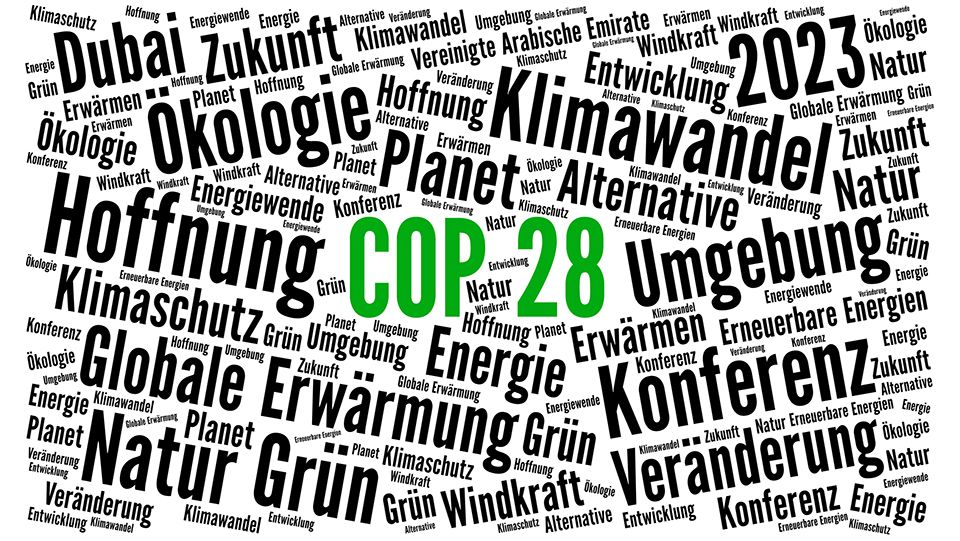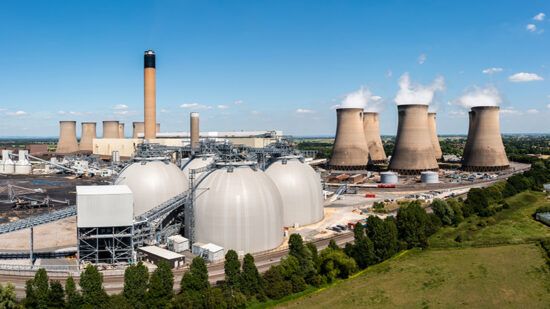Since the adoption of the Paris Agreement at COP21 in 2015, each subsequent Conference of the Parties has seen increasingly loud calls for accelerated efforts to deliver on its goals. Now, eight years on, those calls are being repeated – and it’s no exaggeration to say that this may be the last opportunity we have to see ambition and action ramped up to the scale we need.
We must be clear-eyed about the scale of the challenge before us. While progress has been made at subsequent COPs – on issues such as finalising the ‘Paris rulebook’ and its transparency and reporting requirements, and agreement that much more financial support needs to be provided to developing countries, including on adaptation – the world is not yet aligned with a 1.5c future, and the evidence is all around us. Numerous recent extreme weather events have been made more likely, or been significantly exacerbated by, human-caused climate change.
For investors, these issues are not abstract – they translate directly to financially material impacts. And while the sector has undoubtedly made significant inroads in addressing these risks (with plenty more still to do) they cannot be tackled in isolation. We urgently need to see targeted action taken by policymakers, who must lead in charting our course towards a net-zero future and removing the barriers along the way.
Global stocktake and new climate finance goal
COP28 is a key opportunity to push for the action we urgently need to move towards a 1.5c future – and there are a number of markers during the Conference that will give an indicator of whether we’ll see participants in this COP gear up to deliver the necessary action.
First, the Global Stocktake. This is a Party-driven process with the participation of non-Party stakeholders that enable countries and other stakeholders to take stock of the collective progress toward meeting the goals of the Paris Agreement. It is a central tool of the Paris Agreement and a core component of the “ratchet mechanism” built into it.
Each stocktake is a two-year process that happens every five years, addressing key areas of mitigation, adaptation and means of implementation – including finance, technology transfer and capacity building. The outputs of the stocktake are an opportunity to gauge progress, identify areas to take further action, and to step up support, making it one of the key outputs of the COP.
Second, the New Collective Quantified Goal (Ncqg), which centres on setting a new climate finance goal from a floor of $100bn per year, taking into account the needs and priorities of developing countries. It focuses on both the amount of, and the mobilisation and provision of, financial resources.
Inextricably linked to the Ncqg is Article 2.1(c) of the Paris Agreement – making all financial flows consistent with a pathway towards low greenhouse gas emissions and climate-resilient development. The Ncqg is central to the mission of realigning the global financial architecture towards the goal of net zero, and the private finance sphere has an integral role in these efforts.
Climate education for investors
More generally, COP28 is deeply relevant for our industry. The coming together of world leaders and other relevant parties is, first and foremost, an opportunity for the industry to better understand the risks around climate change, as well as the opportunities to address the issue, in keeping with investors’ fiduciary duty. The most up-to-date science points to the conclusion that the risks are increasing and our window of opportunity is narrowing. It is only through building a greater understanding of what the road ahead looks like that investors will be able to respond effectively.
A comprehensive response to the climate crisis needs to involve the whole of our society. Private finance undoubtedly has an integral part to play, but let’s not make the mistake of thinking that our industry can take on this challenge alone.
Ultimately, an effective approach will flow from decisions taken within the public policy sphere. The level of ambition set by policymakers will define the ambition that investors are also able to take. It is the opportunity to create convergence in this area at COP28, which makes the Conference so vital. In the face of ever more monumental challenges, this COP may well be our last opportunity to truly shift the needle.








